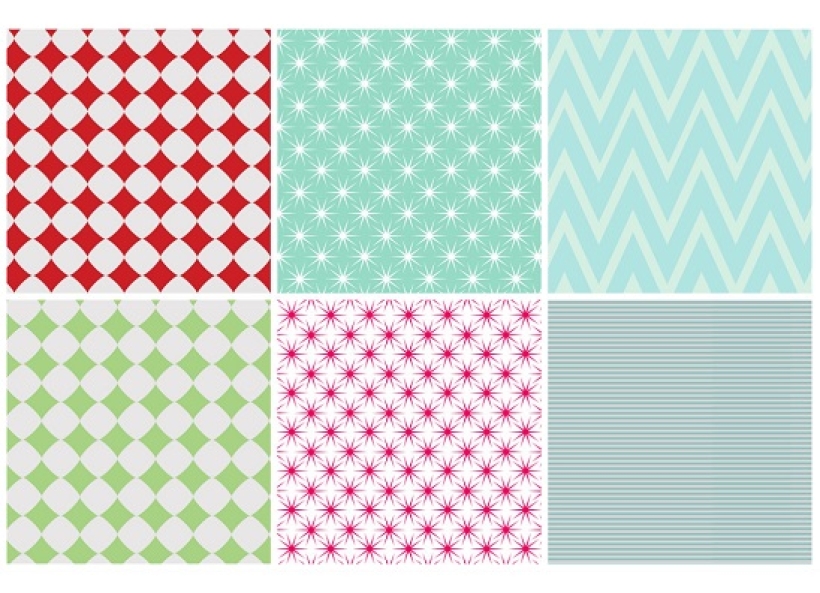What is Decorative Paper?
Decorative paper is a unique type of paper specially designed to add an aesthetic element to various printing projects. It comes with colors, textures, and patterns to elevate the appeal of printed materials. From scrapbooking to packaging, decorative paper serves a multitude of creative needs.
Why Use Decorative Paper?
As someone who has experimented with various crafts and DIY projects, I’ve found that decorative paper adds a special touch that plain paper simply can’t provide. Here are some key reasons to incorporate decorative paper into your projects:
- Enhances Visual Appeal: Aesthetically pleasing designs can transform mundane projects into eye-catching works of art.
- Versatile Uses: Suitable for a wide array of applications, from stationery and gift wrapping to home decor.
- Textural Variety: The tactile quality of decorative paper adds depth to prints, making them more engaging.
Types of Decorative Paper for Printing
Choosing the right type of decorative paper is crucial. Here are some popular types of decorative paper that I have personally found useful in my projects:
1. Patterned Paper
Patterned paper features designs that can range from floral to geometric. Perfect for scrapbooking, it adds a personalized touch to your creations.
2. Textured Paper
This type of paper comes with distinct textures such as linen, felt, or laid. Textured paper is fantastic for business cards and invitations due to its tactile nature.

3. Metallic Paper
Metallic paper has a shiny finish that creates a luxurious effect. It’s often used in wedding invitations and sophisticated marketing materials.
4. Vellum Paper
Vellum paper is semi-transparent and ideal for overlaying designs. It adds an ethereal touch to any project, particularly in crafting.

5. Recycled Paper
Eco-conscious individuals will appreciate decorative recycled paper. It provides a rustic feel and is great for environmentally-friendly projects.
Comparison Table of Decorative Paper Types
| Type | Finish | Uses | Pros | Cons |
|---|---|---|---|---|
| Patterned Paper | Matte | Scrapbooking, Crafts | Variety of designs | Can be overwhelming |
| Textured Paper | Textured | Business Cards, Invitations | Elegant feel | Higher cost |
| Metallic Paper | Shiny | Invitations, Marketing Materials | Luxurious look | Prone to fingerprints |
| Vellum Paper | Translucent | Overlays, Wedding Invitations | Unique aesthetic | Fragile |
| Recycled Paper | Rustic | Eco-Friendly Projects | Environmentally conscious | Inconsistent texture |

How to Choose the Right Decorative Paper for Your Project
Choosing the right decorative paper can seem daunting. Here are some tips based on my personal experience:
1. Identify Your Purpose
Understanding the intent of your project can guide your choice. Are you creating invitations or crafting a scrapbook? This will determine the type and weight of paper needed.
2. Consider the Print Compatibility
Certain papers are more suitable for specific printing methods. For instance, some textured papers may not work well with inkjet printing.

3. Evaluate the Texture and Weight
The texture and weight of paper affect both its look and feel. Heavier papers convey a sense of quality, while lighter ones are easier to handle.
4. Think About the Color Scheme
Your chosen decorative paper should complement the overall color palette of your project. Avoid clashing colors for a more cohesive design.

Tips for Printing on Decorative Paper
I’ve faced challenges when printing on decorative paper, but I’ve learned a few tricks along the way:
1. Test Prints
Always perform test prints on a sample piece of paper to ensure your printer settings are correct and the colors appear as expected.
2. Adjust Printer Settings
Modify the printer settings according to the type and weight of your decorative paper. Higher quality settings usually yield better results.

3. Allow for Drying Time
Some decorative papers may require more time for the ink to dry, especially metallic or glossy papers. Be patient to avoid smudging.
Pros and Cons of Decorative Paper
Pros
- Enhances the overall appearance of printed projects.
- Offers a vast array of designs and textures.
- Allows for creativity and personalization.

Cons
- May require specific printing techniques.
- Can be more expensive than standard printing paper.
- Some papers may be less durable.
Frequently Asked Questions (FAQs)
1. What is the best decorative paper for scrapbooking?
Patterned paper and textured paper are excellent choices for scrapbooking due to their artistic designs and tactile qualities.
2. Can I use decorative paper for professional printing?
Yes, many types of decorative paper are suitable for professional printing, especially if they meet the printer’s specifications.
3. Is it possible to print on recycled decorative paper?
Absolutely! Just ensure the paper is compatible with your printing method for the best results.
4. How do I store decorative paper?
Store decorative paper flat in a cool, dry place away from direct sunlight to maintain its quality and prevent curling.
5. Where can I buy decorative paper?
Decorative paper can be found at craft stores, stationery shops, and online retailers. Always check reviews to ensure quality.